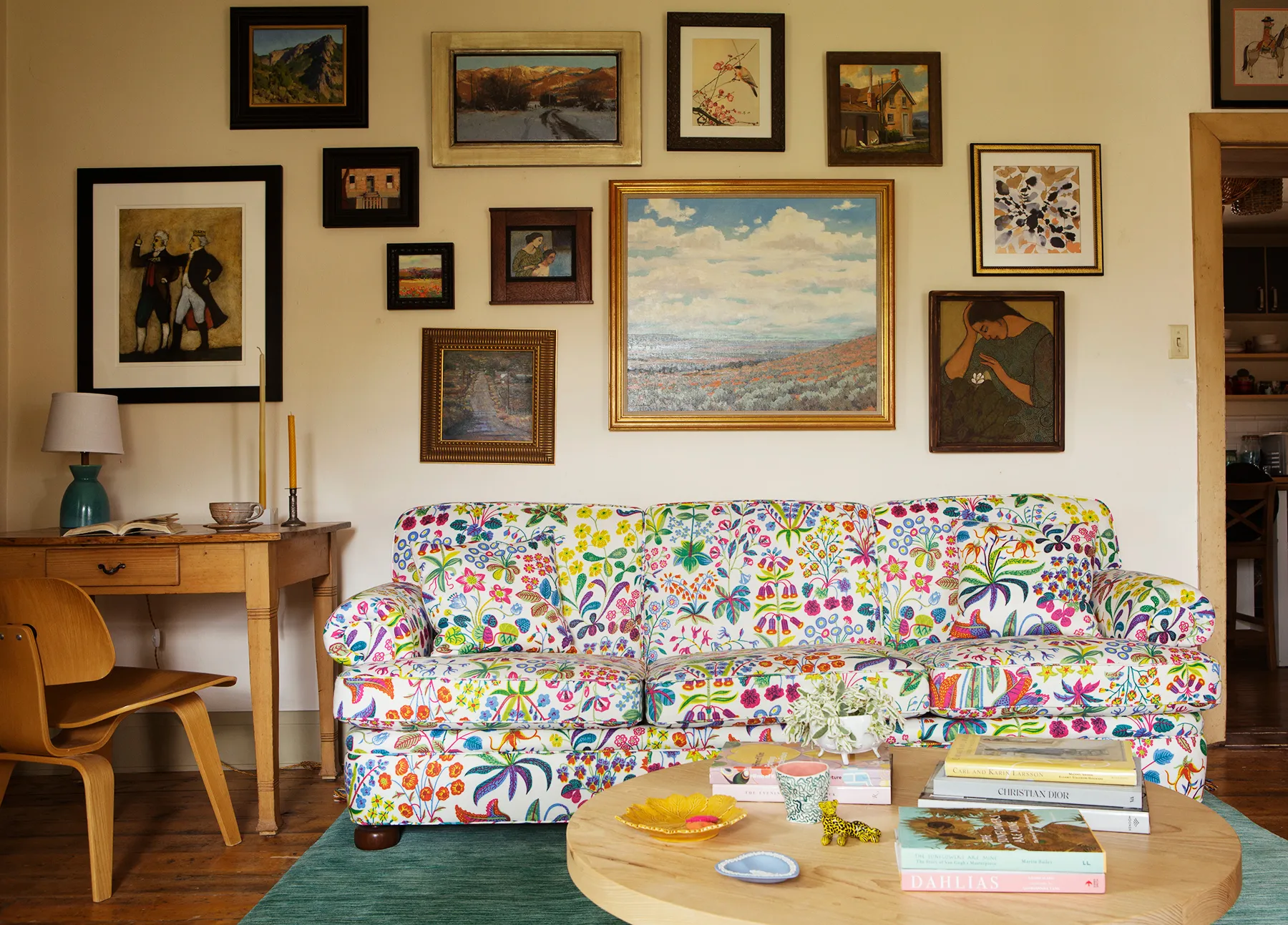
Josef Frank (1885 –1967) is the pattern designer you already know, without knowing it. Many decades after his vast collection of 160 bold botanical prints were made – they continue to prove popular and magically timeless. Every influencer worth their salt has snapped his vibrant citrus prints splashed across the Marbella Club this summer. But Frank’s work has barely been out of trend since it was made and seems to adapt to all kinds of interiors. Read on for a little more background on his incredible life.

Although best known as one of the designers who created the ‘Scandinavian look’, now fed back to us by brands like Ikea, Josef Frank was actually born in Austria of Jewish heritage, and only moved to Stockholm aged 48. Prior to this he lived and worked as an architect in Vienna. He might never have moved to Sweden if not for growing Nazi discrimination in Austria. He also might never have created all those rich and vibrant pattern designs, if not for a fortuitous meeting with Svenskt Tenn store founder Estrid Ericson: she had an interest in functional interiors but Frank brought with him a brighter vision that was perhaps just what the world needed, as yet another world war loomed. Swedish design at this point design was very minimal, “bland and boring” according to Frank, who used radical bursts of colour, pattern and exotic botanical motifs to add warmth and personality a room. Frank fled again, this time to New York as war spread through Europe. But all the while he continued to design prints for Svenskt Tenn, sending 50 new designs to Ericson by 1944.

In his own words, Frank named his aesthetic ‘Accidentism’ because he wanted to “design surroundings as if by chance.” He rejected historical styles that adhered to a strict set of rules in which “much is forbidden and little is allowed.” … “Away with the whole system that has become popular under the name of functionalism.” he wrote “Modernism is what gives us complete freedom.” Josef felt that architecture and design of the time was becoming too standardised; a threat to individuality and comfort. He noted “Every place in which we feel comfortable — rooms, streets, and cities — has originated by chance.” And hence his prints and his interiors embodied “Accidentism” or what we might now call ‘eclecticism’ to soften those hard functional edges.

He also wrote “The freer the pattern, the better”, believing that complex prints slow down the viewers’ gaze and invite them into an immersive world, much like a landscape or a garden. He wrote passionately about the need for variety in his patterns and it is clear how his socialist standpoint shaped his vision, as he lived and worked through such turbulent times of Nazi oppression. For Frank, his determined celebration of colour, variety and comfort was as much a feeling for how home should be, as a designer’s opposition to the Nazi campaign.
It was a quiet kind of activism, made from his kitchen table, which is where Frank always worked. Frank’s design process seemed to help him achieve “freeness” by becoming as immersed in a pattern’s complexity as he wished his audience to be.



